As Myanmar opens up to modern world, historic buildings are at risk
A Cambridge-educated scholar in Myanmar races to save once-majestic colonial-era structures from developers who favor shiny new buildings.
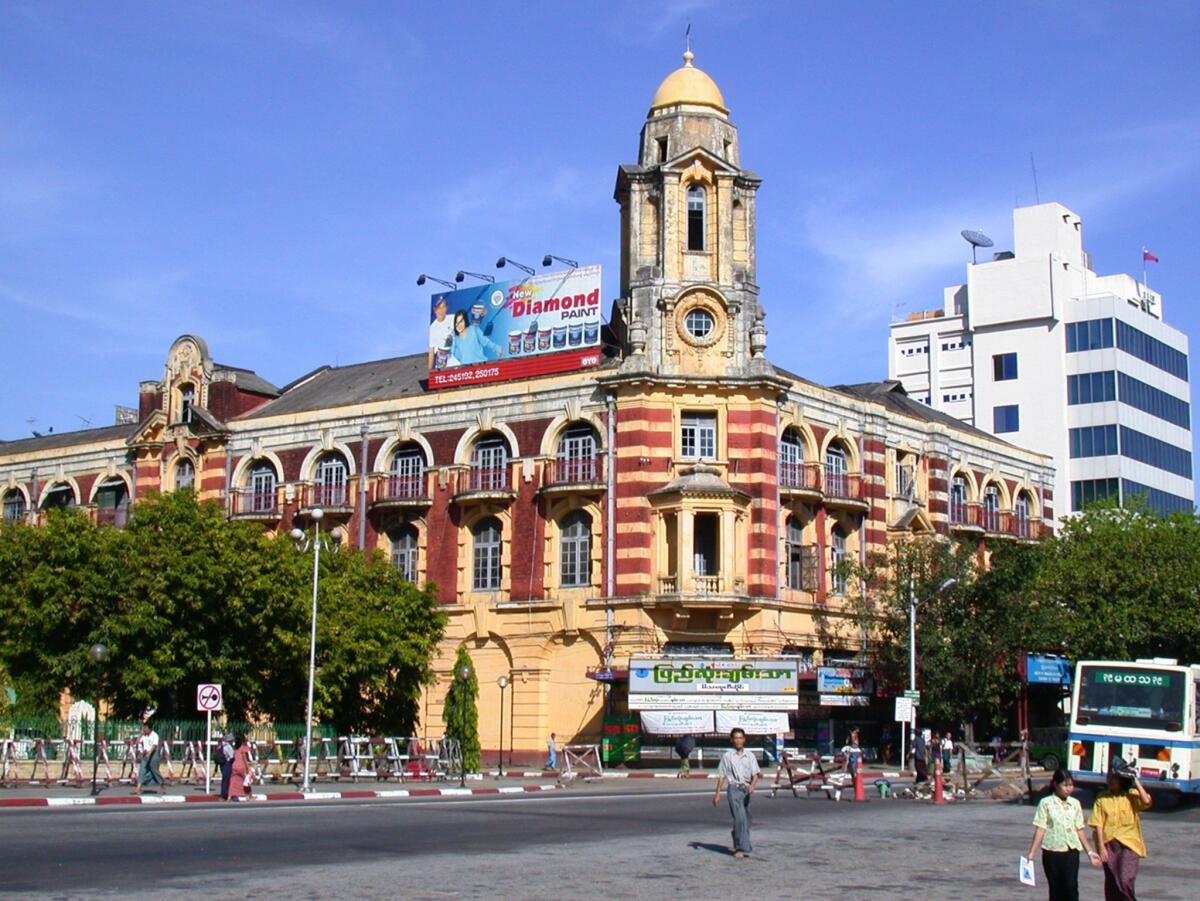
Over cappuccino at a crowded conference on real estate in one of the world's last frontier markets, one investor turned to another and said breezily, "I'm here to get rich."
They had paid more than $2,000 each to attend panels with titles like "Futurescape in Myanmar" and "Opportunities in Hotels and Resorts." The seminar's sponsors, which included a prominent local construction firm, handed out business cards and glossy brochures highlighting the shining new condos and shopping malls they hope to build.
Thant Myint-U stood out amid the suits. Dressed in sandals and a traditional sarong, the academic-turned-preservationist stepped to the lectern and asked the financiers and developers who had come to take advantage of Myanmar's future to pause for a moment and consider the past.
FOR THE RECORD:
Myanmar buildings: An article in the Jan. 7 Section A about preservation efforts in Myanmar said the Strand Hotel was on the banks of the Irrawaddy River. The Strand is on the Yangon River, which is a distributary of the Irrawaddy River delta. —
Decades of self-imposed isolation and international sanctions against this longtime pariah state have left Myanmar in limbo, with three-quarters of the population still without electricity. But the lack of Western investment had an unexpected benefit for preservationists: Much of Yangon was left an architectural time capsule.
Thant Myint-U flashed through a PowerPoint presentation highlighting the scores of Victorian, Art Deco and neoclassical buildings that still line downtown Yangon's noisy streets. These relics tell the story of Myanmar's modern history, he said, of its decades under British colonial rule and fight for independence.
Now, as Myanmar's former military leaders open up to countries that once banned investment here, such buildings are at risk.
Hundreds of colonial-era structures have been destroyed in recent years to make way for modern ones like the Centrepoint tower. Completed last year, the glassy 25-story skyscraper looms over a historic block that includes the dilapidated 100-year-old Supreme Court building and City Hall, which, with its white paint and intricately tiered roof, draws easy comparisons to a wedding cake.
The condition of many older buildings makes them targets for tear-down. The Corinthian columns have crumbled at the building that once housed Sofaer's department store, and mildew has sprouted from its domed tower. Other once-grand buildings have been subdivided into crowded apartments, with residents stringing laundry across staircases.
Thant Myint-U, 47, is worried that Yangon could lose even more of its cultural heritage and become just another Southeast Asian metropolis crowded with soulless office buildings and boxy apartment towers.
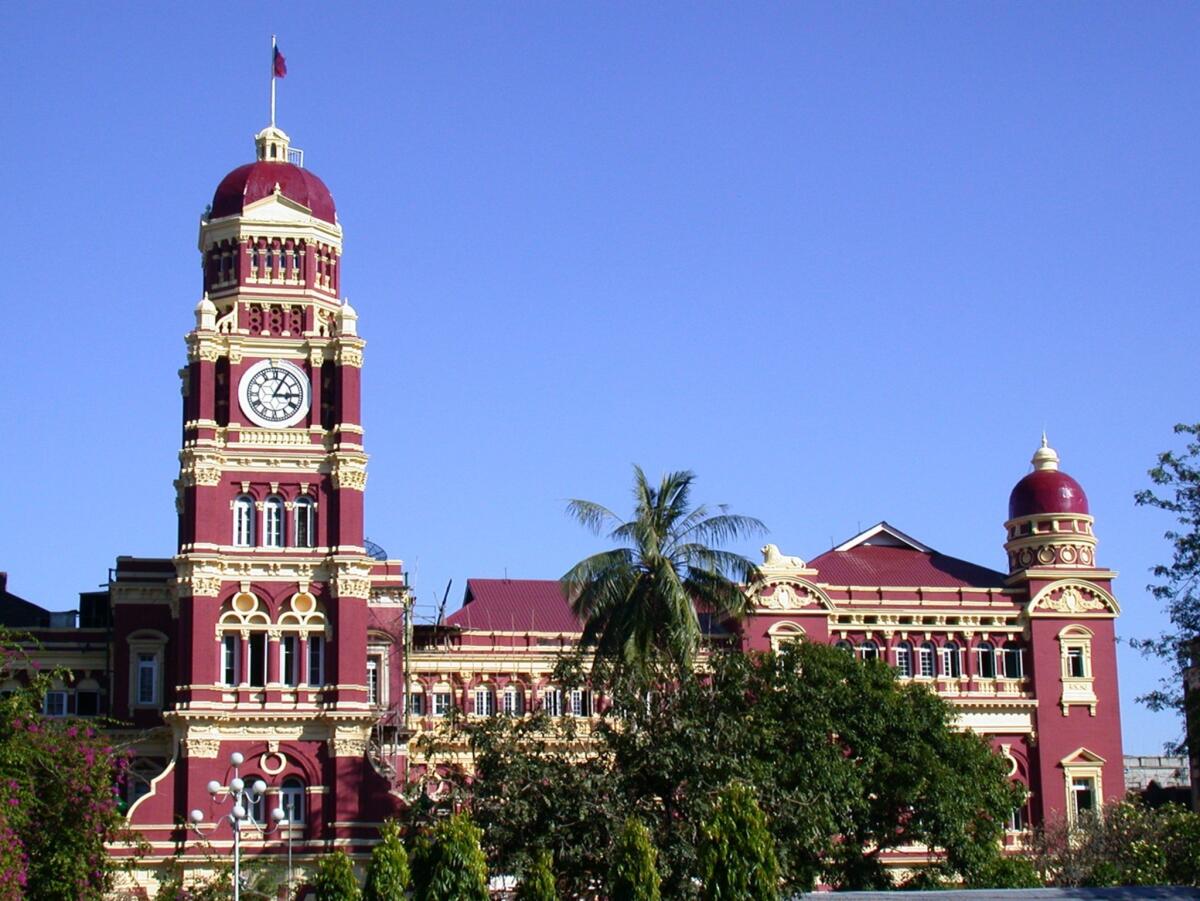
The former Supreme Court building was constructed in the early 20th century and served as a seat of authority during British rule. (ST & T Architects) More photos
"Are we going to destroy this heritage in the next few years, or are we going to incorporate it into a modern fabric?" he asked the investors in English, each word chiseled with perfect pronunciation. "If there is a will, we still have the critical window to get things right."
The Cambridge-educated scholar has written extensively about Myanmar's history. Now he is trying to shape it.

Thant Myint-U was born in Myanmar, also known as Burma, but grew up far from here in a sprawling home on the banks of the Hudson River in New York City. The estate in an upscale neighborhood was the official residence of U Thant, a former secretary-general of the United Nations and Thant Myint-U's grandfather.
The compound was "a small slice of Burma," Thant Myint-U remembers, a gathering place for expatriates with a Buddhist altar on the first floor and a kitchen that smelled of curry.
In the summer, Thant Myint-U and his family would travel to Yangon, the British-built city also known as Rangoon, to visit relatives and make offerings at temples. Because of his pedigree, the visits weren't always easy.
There is a place for high-rises and there is a place to not have them."— Thant Myint-U, Myanmar preservationist
U Thant had been a close advisor to the first prime minister of independent Burma, who was overthrown in a 1962 coup. Despite his position as the country's top diplomat, U Thant was distrusted by the military leaders, and when he died of cancer in 1974, they decreed that he be buried without an official ceremony.
After a junta took power in 1988, Thant Myint-U stopped his trips to Myanmar. By then he was a student who was working with the country's political exiles to call for international sanctions. In 2006, after a stint with the United Nations, he wrote a bestselling book that told the story of Myanmar from the days of its earliest empires to its modern period of self-imposed isolation.
The book mentions some of the buildings that Thant Myint-U's nonprofit, the Yangon Heritage Trust, is now working to protect. One is the Pegu Club, a teak-built mansion that served as an all-white gentlemen's club for officers in the British army. There's also the Secretariat, a sprawling Victorian marvel that was the site of the assassination of Gen. Aung San, the architect of Myanmar's independence and father of current opposition leader Aung San Suu Kyi.
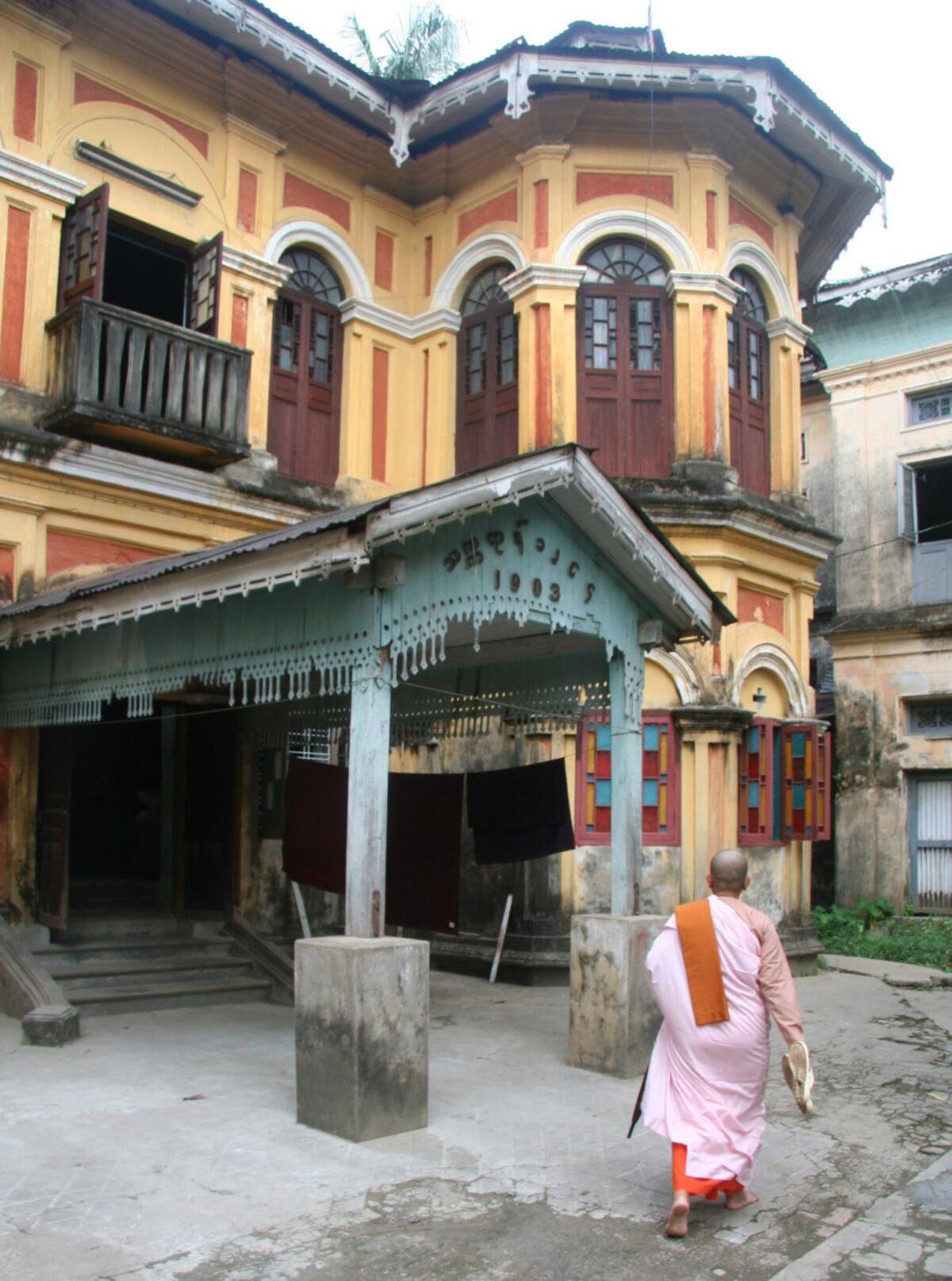
This 1909 building once housed a Christian institution and is now a Buddhist monastery near the famed Shwedagon Temple. (Los Angeles Times) More photos
Drawn back to Myanmar to do aid work in the wake of Cyclone Nargis, the 2008 storm that took more than 100,000 lives, Thant Myint-U took on new roles when the country's military leaders finally started to loosen their grip on power in 2010.
Over the last year, his organization has surveyed and collected the stories of hundreds of structures in Yangon: banks, schools, theaters and a large collection of government-owned buildings that were abandoned in 2005 when Myanmar's leaders abruptly moved the country's administrative capital away from Yangon.
The group has helped place many of the structures on a list of protected heritage sites, making it more difficult for developers to knock them down. Recently it helped stop construction of a 40-story office tower downtown and save an architecturally significant hall dedicated to Mohandas K. Gandhi from the wrecking ball.
Thant Myint-U and his team, which includes a well-known local architect and an urban planner from Italy, know that new development is inevitable. An estimated 10 million people are expected to move into Myanmar's large cities in the next decade and a half, drawn by opportunities for work, and they are going to have to be accommodated somehow.
But the preservationists insist smart development is possible. New housing should be built apart from the several square miles in downtown Yangon where most of the city's colonial structures are clustered, they say, and older buildings should be renovated.
"There is a place for high-rises and there is a place to not have them," said Thant Myint-U, who lives in an older apartment building downtown. "A lot of buildings have gone up that have no harmony with the built architecture."
He was sipping a cold drink in the 22nd-story lounge of a modern, fortress-like hotel on the edge of downtown. It was sunset, and light poured in from a wall of windows. A mile away, the golden dome of the Shwedagon Pagoda, Myanmar's most important religious site, shone amid a cluster of modern apartments.
Developers from Thailand and China helped lead a building boom here in the 1990s, when sanctions against the ruling generals kept European and American firms out. Those strictures were dropped in 2012 after President Thein Sein loosened government reins on the media and free speech and released Suu Kyi, who had been confined to house arrest.
A gold rush has followed, with investors seeking to profit from Myanmar's oil and natural gas riches. In Yangon today, rent in air-conditioned office buildings is higher than in downtown Manhattan as international firms flock to build power plants, develop telecommunications networks and improve Myanmar's notoriously bad roadways. Coca-Cola and Nissan are among the major brands opening plants.
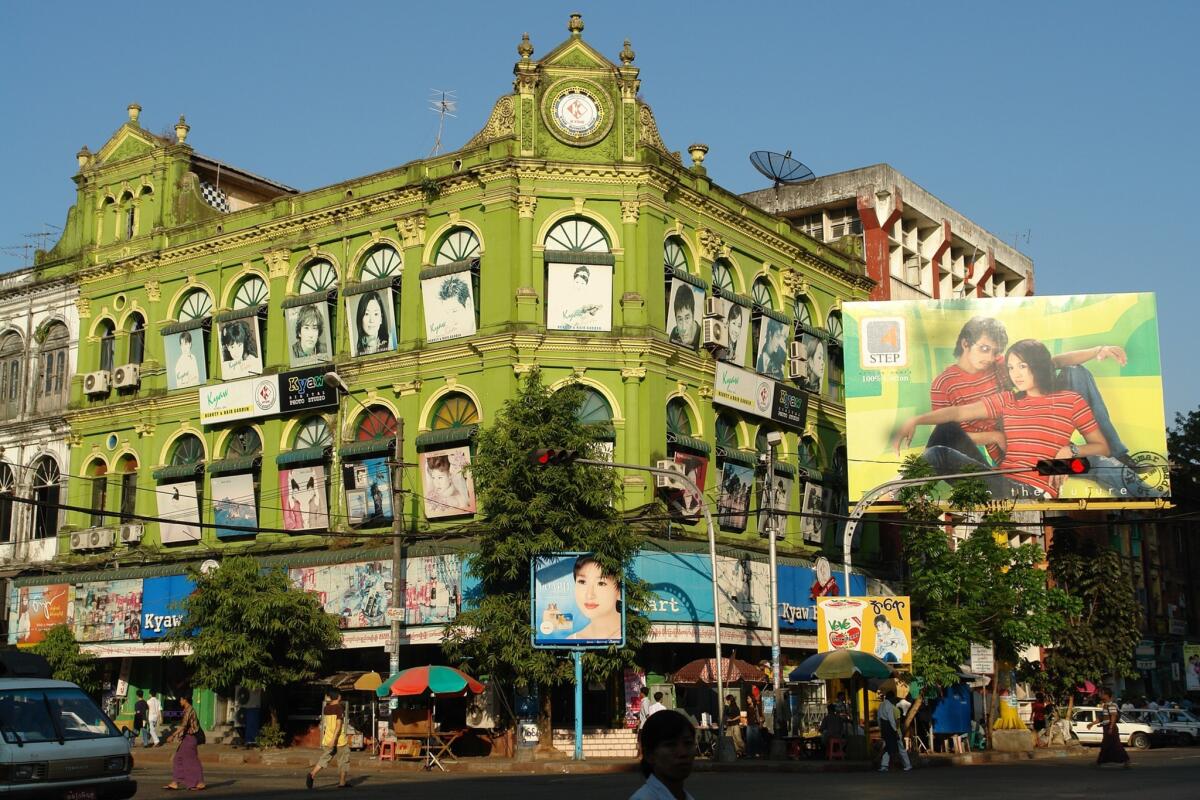
This colonial-era building is one of hundreds in Yangon. (ST & T Architects) More photos
Dinis Madaleno Rodrigues, a Portuguese hotelier with slicked-back hair and a booming baritone, relocated to Yangon this year to explore investment opportunities. Over drinks in the smoky bar at the Strand Hotel, he cited a recent report from McKinsey & Co., a U.S.-based consulting firm, that predicts nearly 20% growth in the tourism industry in coming years.
"There's a certain excitement to go to a place nobody has ever gone to before," Rodrigues said. "Basically this is the last frontier. If you want to be modern, you want to go somewhere nobody has ever been."
Rodrigues had listened to Thant Myint-U's presentation on preserving Yangon's historic buildings and came away inspired. He said he wanted to renovate one of downtown's colonial buildings to turn it into a boutique hotel.
The Strand, on the banks of the Irrawaddy River, is proof that such a project is possible. Formerly a rotting Victorian-era building known as the place George Orwell and Rudyard Kipling once stayed, it was transformed several years ago into an elegant luxury hotel. The cheapest room goes for more than $400 a night.
Thant Myint-U cites the hotel as evidence that the effort to preserve the downtown blocks isn't obstructionist.
Speaking to the investors, he made his pitch in terms they could understand.
"If we can make Yangon the most attractive, beautiful, livable city in Southeast Asia," he told them, "this is an asset worth billions of dollars."
This article was reported with a grant from the International Reporting Project.
Follow Kate Linthicum (@katelinthicum) on Twitter
Follow @latgreatreads on Twitter
More great reads
Lessons from a doctor congressman's first year
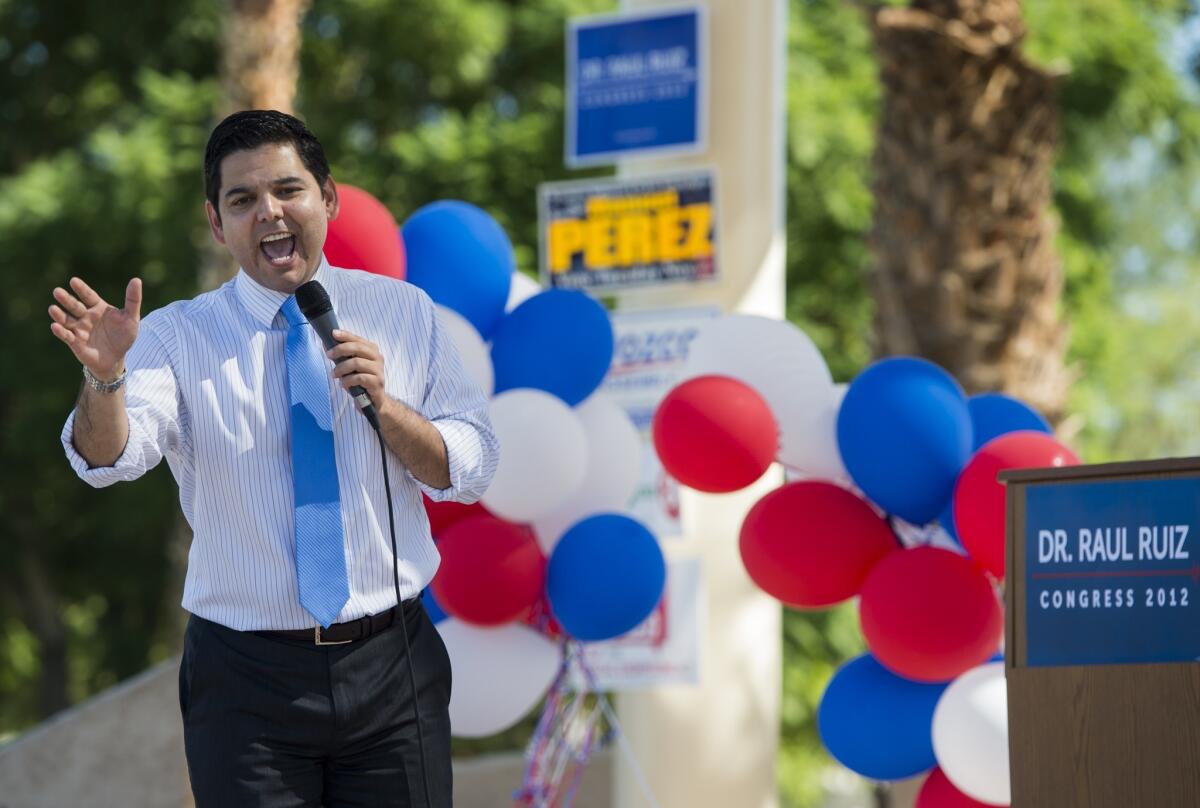
I will always be a physician, first and foremost. That's who I am. That's what feeds my soul."
Devastated town rising from the ashes of the Rim fire
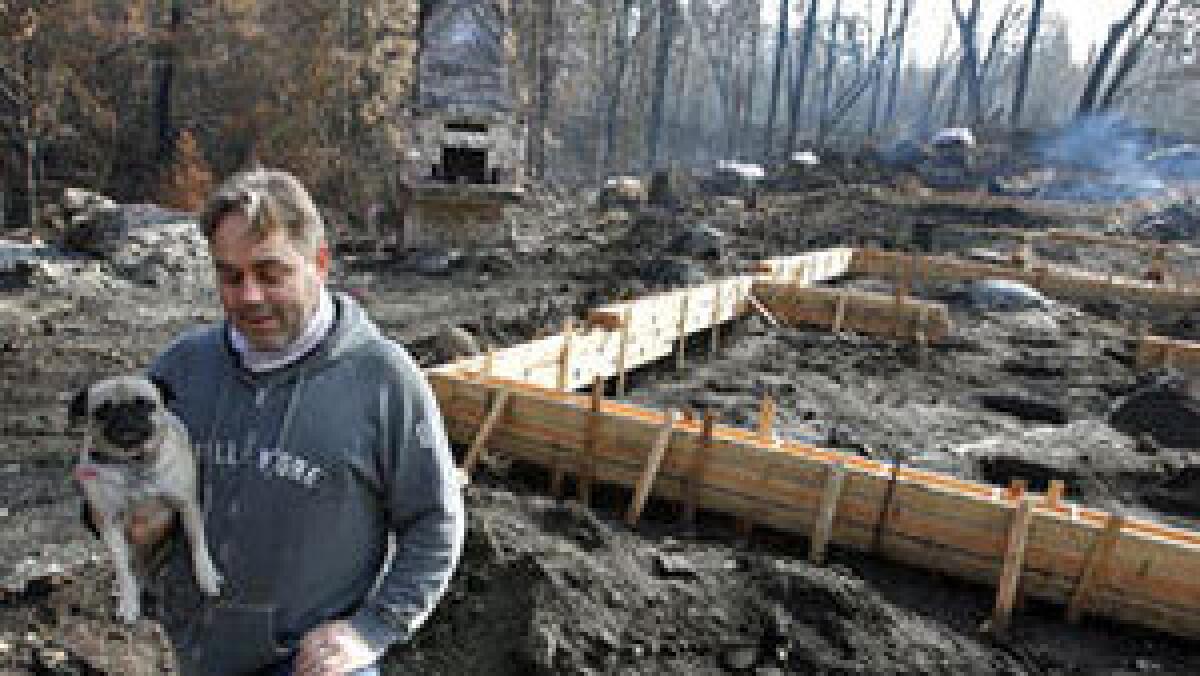
These were people's vacation, and suddenly they had no place to stay."
Women are taking their place on the ski jump

We love each other like sisters. And we fight like sisters."
Sign up for Essential California
The most important California stories and recommendations in your inbox every morning.
You may occasionally receive promotional content from the Los Angeles Times.








